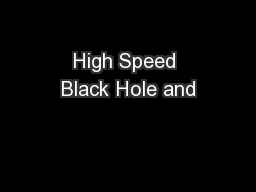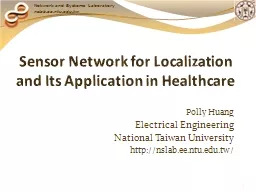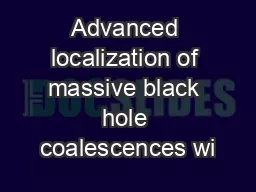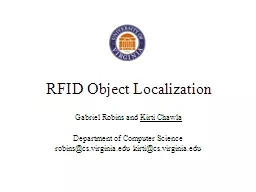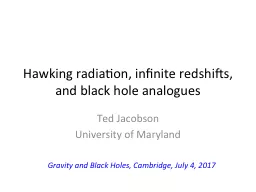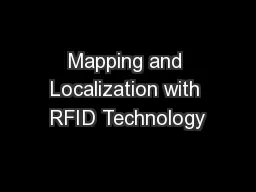PPT-Advanced localization of massive black hole coalescences wi
Author : test | Published Date : 2016-12-02
Ryan Lang Scott Hughes MIT 7 th International LISA Symposium June 17 2008 Overview LISA source coalescing massive black hole binaries Focus on the inspiral circular
Presentation Embed Code
Download Presentation
Download Presentation The PPT/PDF document "Advanced localization of massive black h..." is the property of its rightful owner. Permission is granted to download and print the materials on this website for personal, non-commercial use only, and to display it on your personal computer provided you do not modify the materials and that you retain all copyright notices contained in the materials. By downloading content from our website, you accept the terms of this agreement.
Advanced localization of massive black hole coalescences wi: Transcript
Download Rules Of Document
"Advanced localization of massive black hole coalescences wi"The content belongs to its owner. You may download and print it for personal use, without modification, and keep all copyright notices. By downloading, you agree to these terms.
Related Documents




